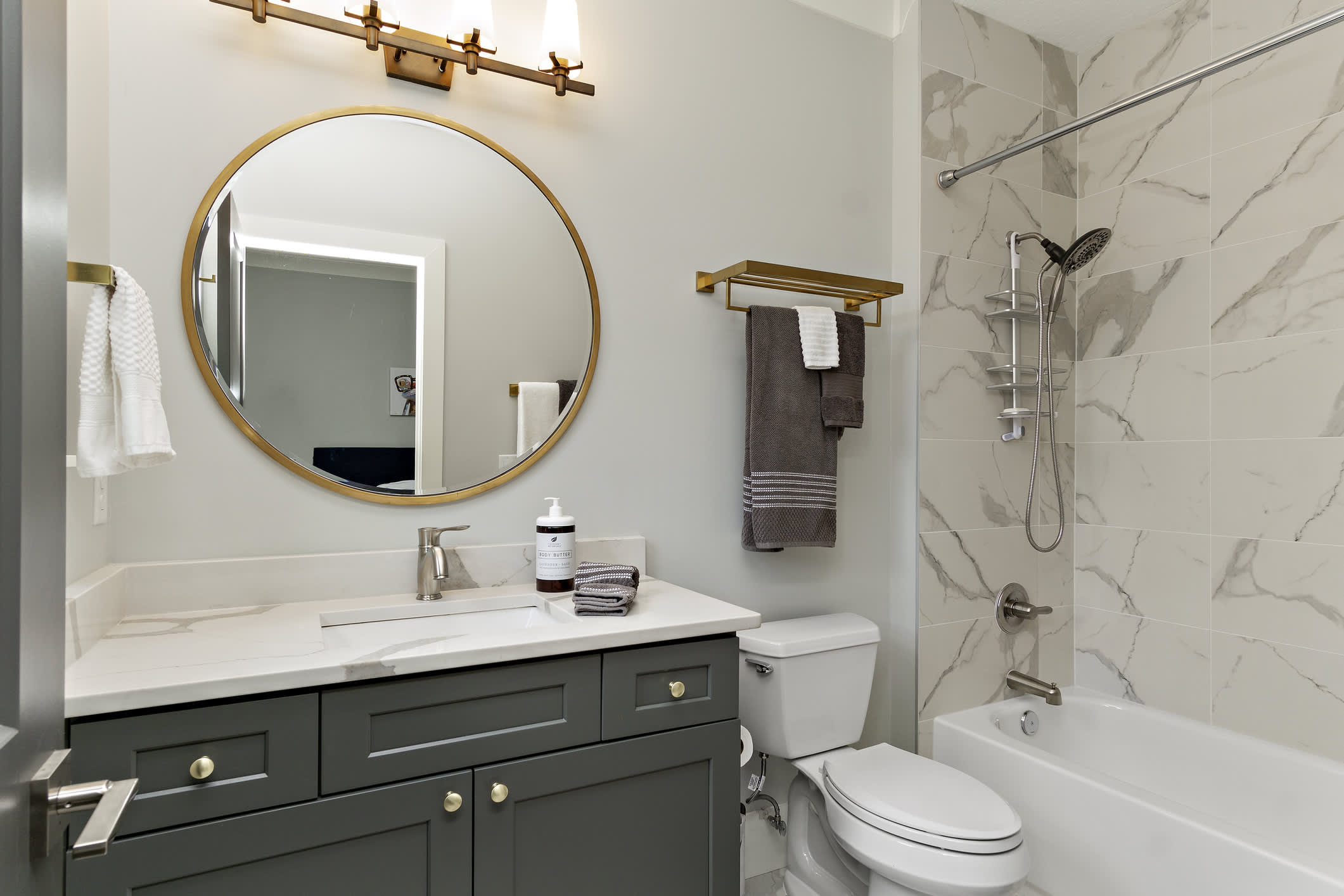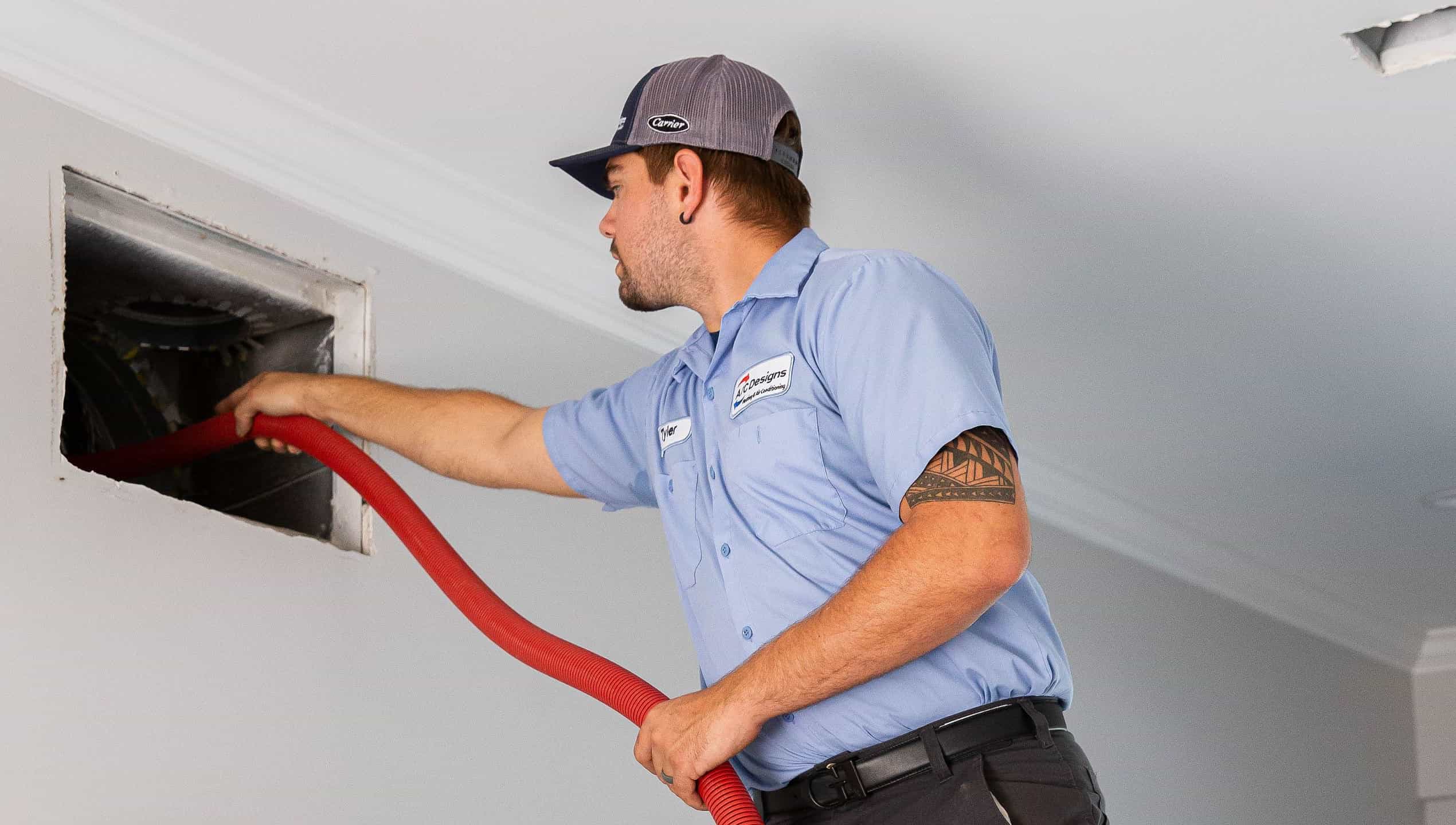Remodeling your bathroom is a great way to add value to your home. It is also a good idea for cosmetic purposes, such as adding new paint or wallpaper.
A major renovation involves gutting the room, rerouting plumbing and electrical lines, and changing the layout. This type of project usually requires professional design services and a licensed contractor. Contact Richmond Va Bathroom Remodel now!

Choosing the right materials and fixtures for your bathroom is essential, but it’s also important to set a realistic budget and work within it. To determine what your options are, flip through home magazines, attend local home improvement trade shows, and visit professional bathroom showrooms. Start by creating a wish list, then revise it to reflect reality and include price tags.
A common mistake homeowners make is overestimating the cost of materials. The size of your bathroom will also impact the overall price. Larger bathrooms are more expensive to remodel than smaller ones because they require more surface area to refurnish, repaint, and reconstruct.
Another costly mistake is moving things around in your bathroom. Changing the location of a sink, toilet, or tub will require new plumbing and push your renovation costs up significantly. Similarly, a new light fixture or ceiling fan will need to be professionally installed and can add up quickly. It’s best to keep your changes as limited as possible and use existing fixtures if at all possible to save money on installation.
If you want to change the look of your bathroom, there are many different design options you can choose. You can repaint or add a new vanity and cabinets, install new flooring or even upgrade to a new tub or shower. It’s important to consider your space and budget when choosing the right design for your bathroom.
One way to save money on a remodel is by using cement board instead of drywall. This material is less expensive and also provides superior durability. If you’re going to go with this option, make sure you get a waterproofing membrane to protect your walls from moisture and mold.
Another design option that can add a lot of visual appeal is changing your color scheme. Paint is inexpensive and can instantly give your bathroom a new look. It’s important to choose the right paint and finish for your space as some colors are more durable than others. If you have young children, you might want to opt for a white bathroom that can withstand the wear and tear of kids’ toys, diapers, and bathing.
On the other hand, a renovation is a more involved project that can include significant changes to the layout of your bathroom. This may involve moving fixtures like the toilet, tub or sink, and alterations to the plumbing lines. Depending on the scope of work, a permit will most likely be required before beginning demolition and construction.
A bathroom floor plan will determine the placement of key items like the tub, shower, toilet, and sink(s). Guest bathrooms (also called half baths) are a little more flexible than primary baths. They often don’t need to offer a tub/shower combo or a double vanity. This simple layout keeps plumbing costs low by putting all fixtures on the same wall, which also helps reduce labor and supply expenses.
If you want a tub/shower combination in your guest bathroom, consider placing it in the corner of the room to maximize floor space for guests. This will help make the bathroom feel more spacious while allowing for a larger window to let in plenty of light.
The same can be done in a smaller primary bathroom to open the space up without sacrificing storage. A soaking tub can be positioned in a window alcove and tiled all the way up to the bottom of the windows to create a beautiful focal point in the room.
Some remodels focus on cosmetic and style changes to the bathroom, while others include a full overhaul of the bathroom’s layout. A full remodel will typically include tearing down and replacing walls and changing the overall square footage footprint of the bathroom. A partial remodel, which is more affordable, could involve moving a sink, toilet, or bathtub to another location within the same bathroom. This will still require a construction permit and will likely include some sort of demo to prep the space for new materials.
In most bathroom remodeling projects, there is a great deal of plumbing and electrical work involved. It is crucial to plan your project carefully and to ensure that all wiring complies with safety regulations. Depending on the scope of your renovation, you may need to obtain permits. It is also important to assess your home’s current electrical capacity and consider any new appliances or fixtures that you will install in your bathroom.
During the demolition stage of your remodel, it is common to encounter hidden damages. These may include mold, rot or water damage in the walls or under the floor. It is best to set aside additional funds (typically 5-10% of your budget) in case you encounter these issues.
Once the demolition phase is complete, framing begins. This involves constructing the walls and partitioning off areas of the bathroom such as around the bathtub or shower. This is a critical step in the process and must be completed properly to prevent costly structural problems down the line.
It is also a good idea to add blocking between wall studs for grab bars. This will help save time later when installing the tub and/or shower stall and toilet. Once the framing is complete, you can begin tiling your bathroom. It is a good idea to tile the bathtub enclosure or shower walls first and then attend to the vanity sink cabinet, toilet, and flooring.
When it comes to electrical work during bathroom remodel, it is a good idea to get professional help. A licensed electrician ensures that the work is done according to the rules and regulations. Also, they can make sure that your electrical circuits can handle the amount of power you’ll be adding to the room. Otherwise, you might experience a short circuit or even a fire.
You’ll also want to think about things like replacing 15-amp wiring with 20-amp to ensure that you have enough power for any new appliances you add. You might also want to add more outlets or relocate existing ones. It’s also a good idea to install GFCI outlets near sinks and bathtubs. These are a great way to reduce the risk of shock.
Another important consideration is the placement of light fixtures and switches. Choose ones that fit your bathroom’s style and needs. For example, vanity lights are available in a variety of sizes, finishes, and styles. You can even find lights that are energy-efficient.
Before hiring an electrician, ask for references and see their previous work. You can also assess their communication skills and professionalism by meeting them in person. Also, ask if they have any insurance coverage in case something goes wrong during the project. If they don’t, it may be a sign that they are not qualified for the job. In addition, they might not be up to date on local safety regulations.
Lighting work is a vital part of any bathroom remodel. While it’s not as visible as tile or woodwork, the right fixtures can make your bath feel new and fresh again. A good plan includes layered lighting, with accent, task, and ambient lights.
Ambient lights, typically pendant lights or ceiling fixtures, illuminate the whole space with a soft glow. They can also serve as a stylish focal point for the room and enhance your home’s décor.
Task lights, such as vanity lights or recessed canisters, illuminate the work areas of your bathroom. They should be bright enough to allow grooming and makeup application, but not so bright as to produce glare or create shadows.
Accent lights draw the eye to decorative elements in your bathroom, such as framed artwork or a beautiful mirror. These can be hung over the toilet or bathtub, or recessed into alcoves or around cabinets.
LED (Light Emitting Diode) lights use less energy than traditional incandescent bulbs and last longer, so they’re a good choice for your bathroom. They’re available in a variety of colors and wattages, so you can choose the brightness level that best suits your bathroom.
